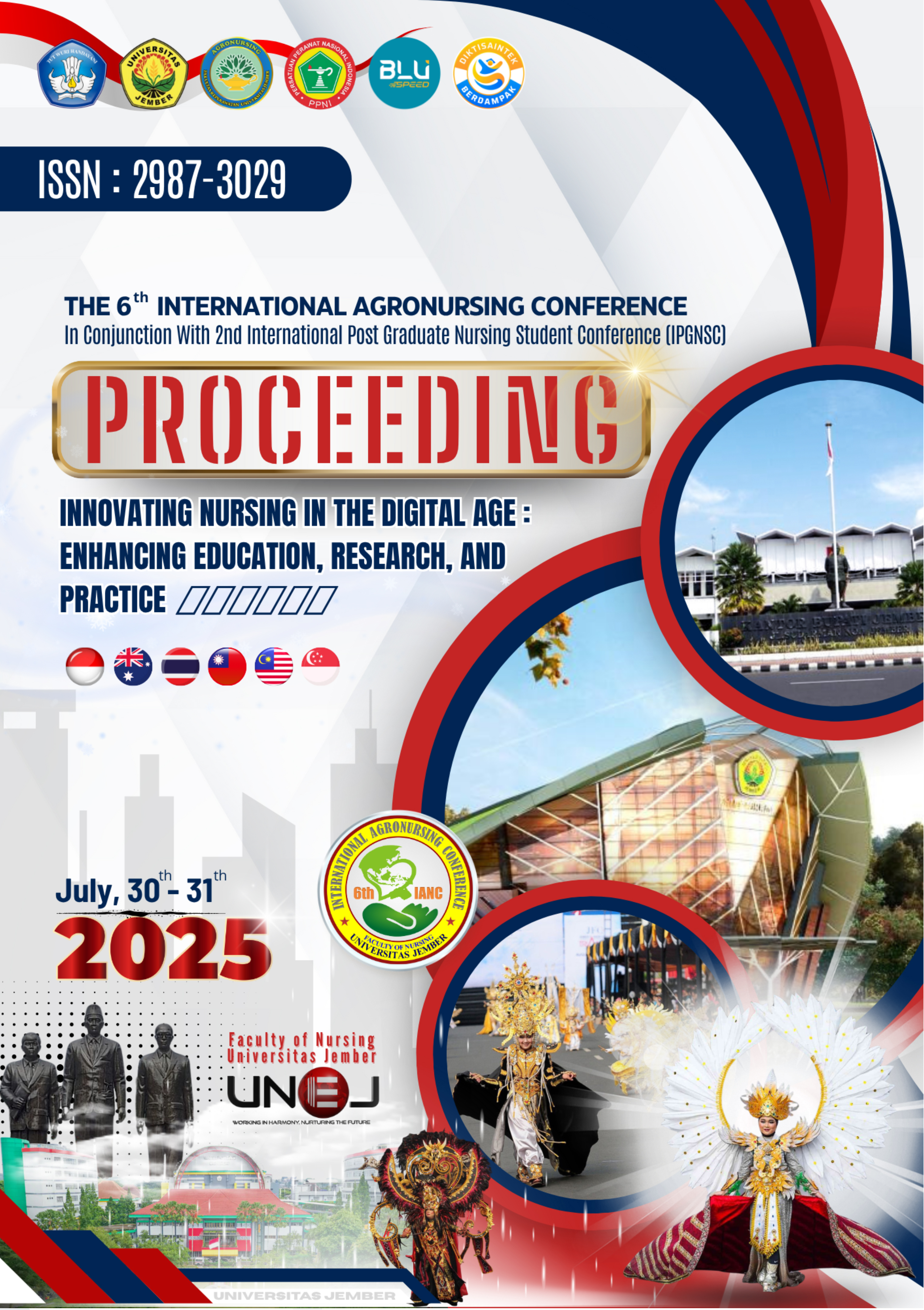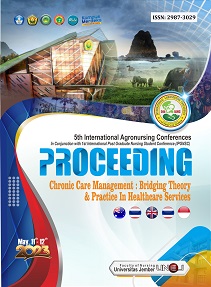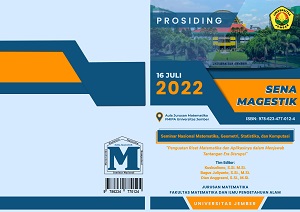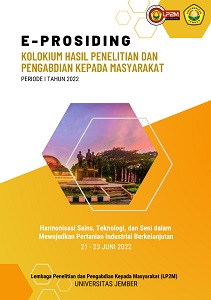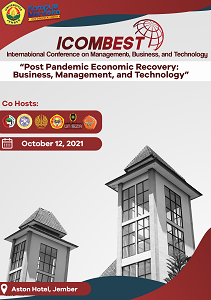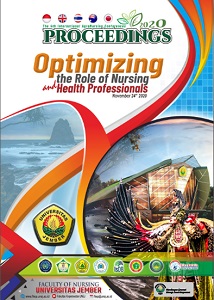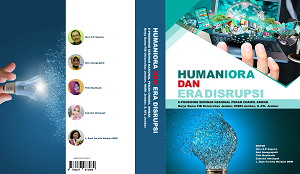EFFECTIVENESS OF ICE GEL IN REDUCING PAIN SCALE DURING VENIPUNCTURE IN PEDIATRIC PATIENTS
Abstract
Background: Pain due to injection needles is one of the painful experiences for children. Ignoring pain due to injection needles in children can cause several psychological effects such as anxiety, phobia, and can increase pain perception in the future. This study aims to reduce the level of pain in children due venipuncture using non-pharmacological therapy (ice gel), so that it can increase children's comfort, Methods: This research method uses a quasi-experimental design with a one group pre-test and post-test to evaluate of pain scale in children. The sample used was children aged 4 month to 18 years who are treated in the infection ward. Measuring pain scale in children using Face, Legs, Activity, Cry, Consolability scale (FLACC) instrument in children aged 4 months to 4 years, the Wong Baker face pain scale instrument for children aged 5 to 12 years and the numeric rating scale for children aged 6 to 18 years. Data analysis using the wilcoxon Test to assess the pain scale before and after administration of ice gel during venipunture. Results: Giving ice gel during venipuncture has been proven to be effective in reducing the pain scale in children aged 4 months to 18 years with a p value <0.005 (p= 0.001). Conclusions: The pain felt by children during venipuncture is reduced and increases the satisfaction of children and parents, so that giving ice gel is effective in reducing children's pain during venipuncture so that it can improve the quality of nursing services for children in the infection room.

